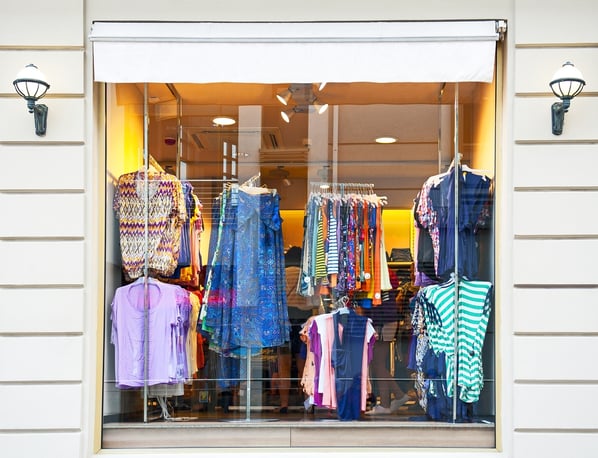
Believe it or not, running an online store can be more expensive than running a traditional brick-and-mortar shop. Seems strange, doesn’t it? While both options can generate profit, traditional stores are showing greater profit margins than their online counterparts. Nevertheless, leading retailers over the last few years support this conclusion. For example, the Wall Street Journal reports, "Kohl's Corp. says its profitability online is less than half what it reaps in its store", and "Target Corp. says its margins will shrink as its online sales grow."
How can this be?
A revelatory study was conducted by AlixPartners, a retail consultant group, which analyzed three retail business models to address this very question. They demonstrated and followed the results from the flow of a $100 transaction as follows:
- buy in-store yielded a 32% profit margin
- buy online, ship from distribution center yielded a 30% profit margin
- buy online, pick-up in store yielded a 23% profit margin
- buy online, ship from store yielded a 12% profit margin.
CNBC discussed these startling results, identifying up to four times higher operating costs, and overhead and infrastructure costs as high as three times more than an in-store model. Of the most significant factors contributing to the higher operational costs for online retailers are the high return rate and extraordinarily high fulfillment and shipping costs. NRF’s 2014 report, Consumer Returns in the Retail Industry, reveals only 9.96% of clothing bought in-store is returned, while 40% of clothing purchased online is returned. The costs associated with shipping and handling of these returns in ecommerce is shouldered by the online retailer. In a brick-and-mortar scenario, the customer would absorb most of the costs associated with the return process (e.g., in fuel, time), which are considerably less overall.
In addition, distribution or fulfillment centers can cost about 10 times more than a big box store, reports Harvard Business Review. Physical stores can serve as ready-made fulfillments centers, without additional build-out or operational costs, which is why the omnichannel retailer model may prove the best of the both worlds in regard to long term profitability. Other operational costs that eat away at profit margins of online retailers include the building and managing of websites, apps, and social media, as well as establishing and maintaining order tracking, order management systems, and other IT logistics.
Conversion rates affecting sales poses another significant advantage that traditional brick-and-mortar stores have over online retailers. Chara Cooper, retail technology consultant discusses in-store conversion rates in 2013 that averaged 20% while online retail conversion rates averaged 2.3%.
Regardless of higher profit margins yielded by the in-store buying method, the fact remains that a growing portion of the population likes to shop online. Although, Harvard Business Review cites a slowing growth trend of e-commerce evident by tracking from U.S. Census Bureau, ComScore, eMarketer, and Forrester. Many companies like J.C. Penney see the value in tapping into these online shoppers. By offering the second most profitable business model — buy online, pick-up in-store – the company reported to CNBC that about 30% of customers picking up an online order will make another $50 purchase while in the store.
Jeff Bezos, seeing the profitability of in-store shopping, is investing in physical locations for his industry giant Amazon. Seeing “modest progress” in its AmazonFresh endeavor, according to the NYT, profitability in physical stores may indeed be the “right idea” to which Bezos referred in a 2012 interview.